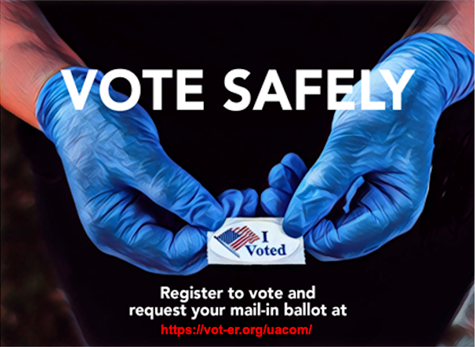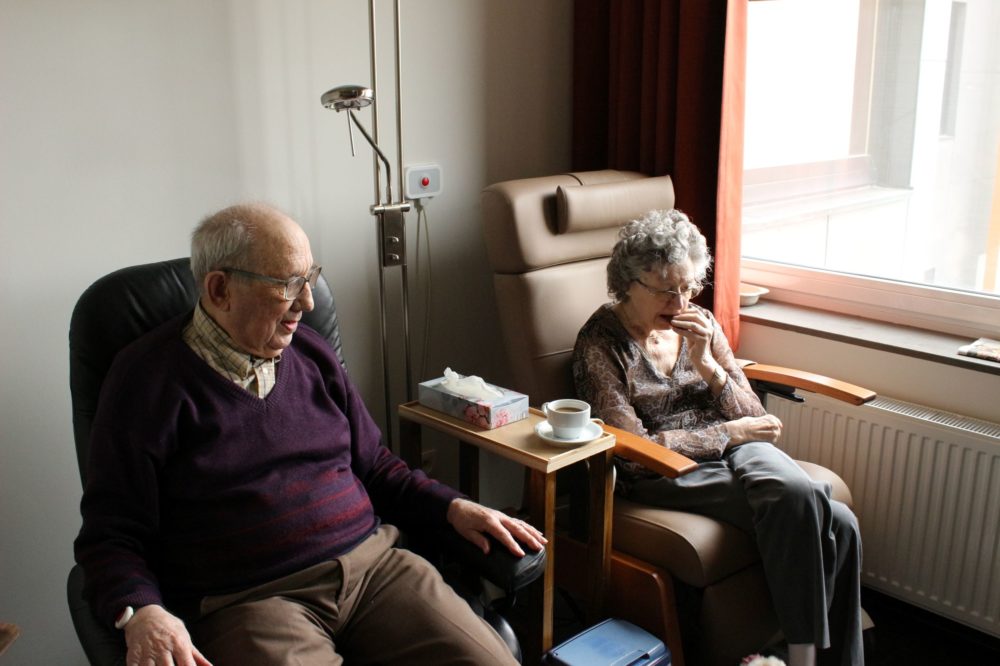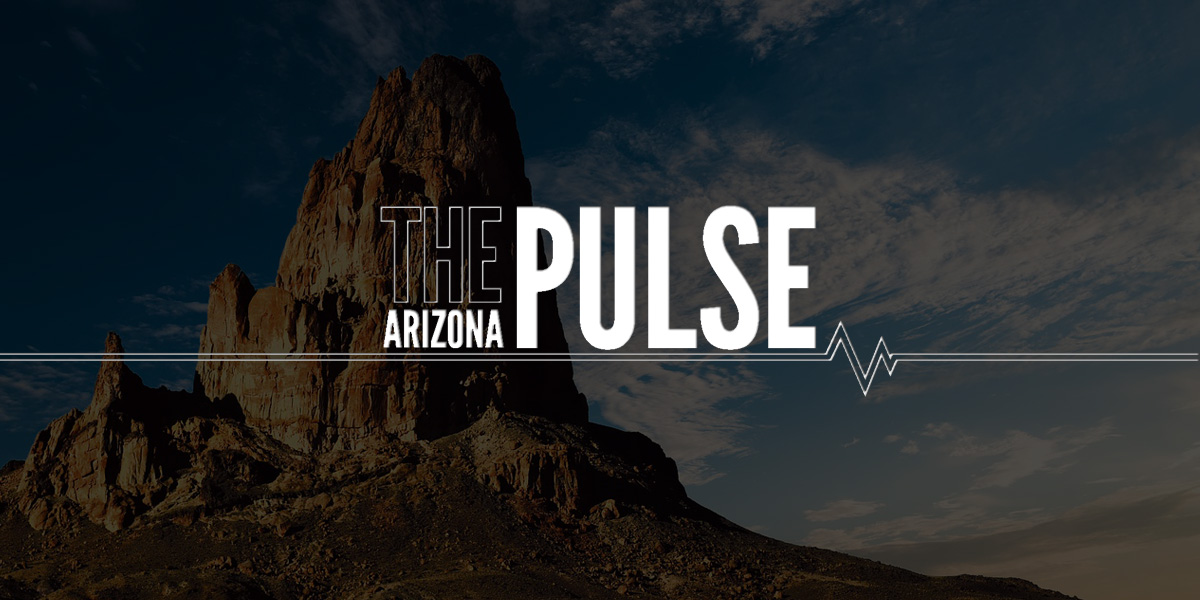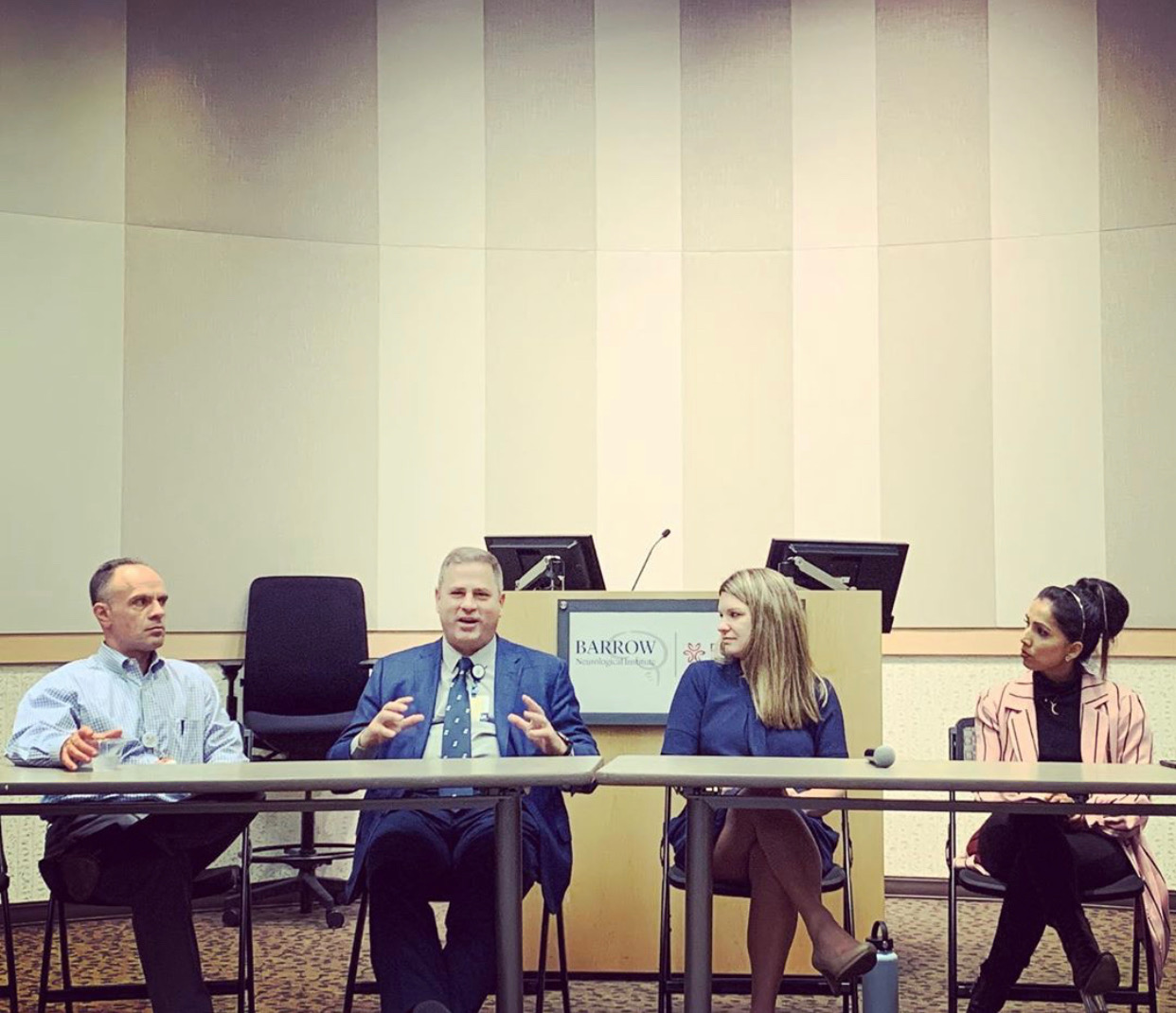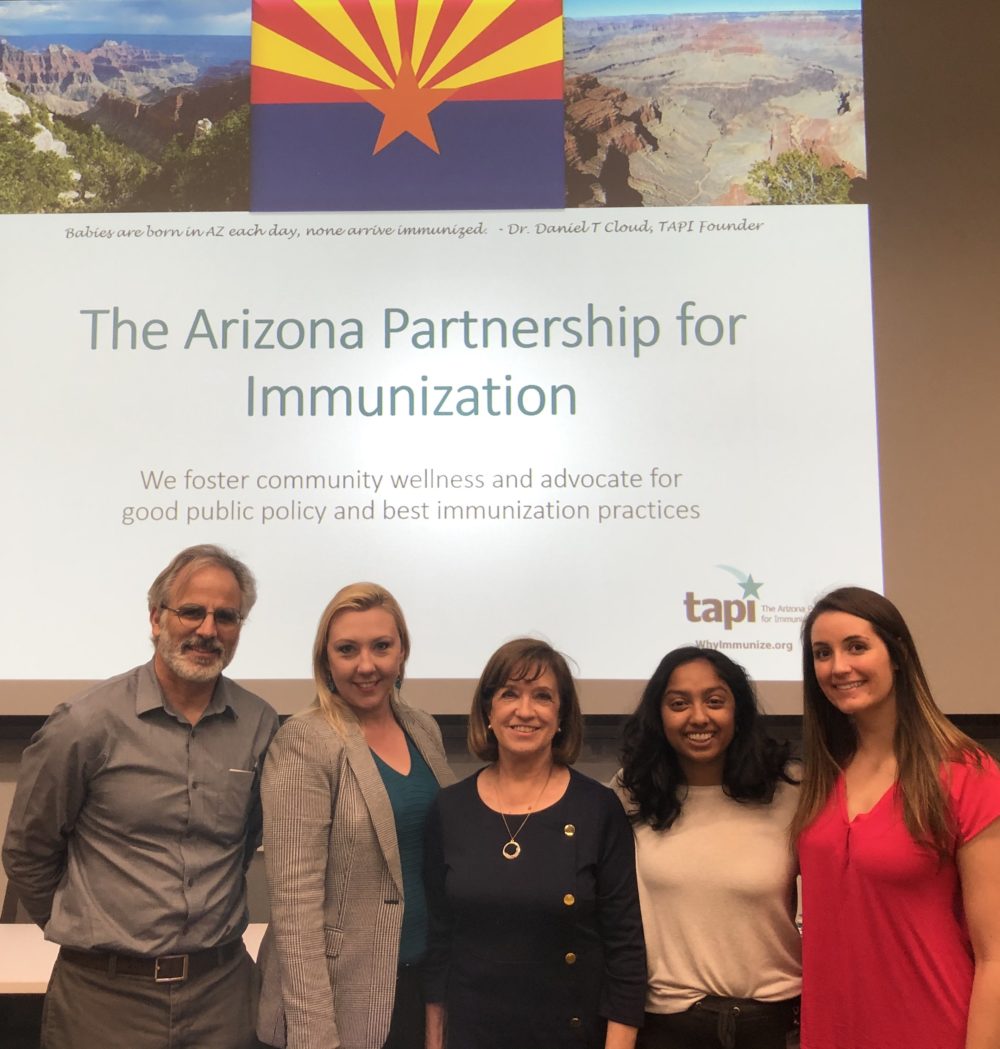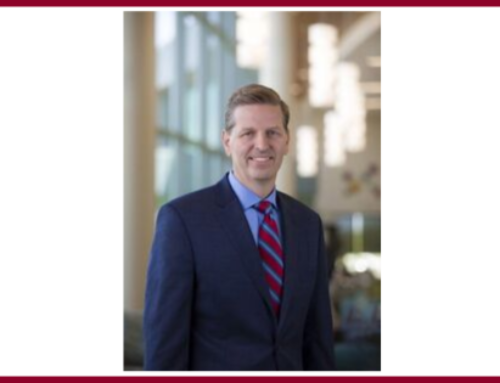Written by: The Arizona Pulse staff
Arizona is home to a host of wonderful physicians that work their hardest to keep Arizonans safe, healthy, and happy. From plastic surgeons to family care doctors, we’re fortunate to have some of the best medical minds in the country. One such physician is Dr. Jack Friedland, a retired reconstructive and aesthetic plastic surgeon that previously practiced in Paradise Valley. Now enjoying the slower pace of retired life, Dr. Friedland sat down with The Arizona Pulse to share his hindsight on practicing medicine in the Valley.
I wanted to be a doctor ever since I was a little boy. I was inspired by the stories of the first organ (kidney) transplant, the first cardiac transplant, and many of the other innovative medical advancements and successes in the last century.
After completing my undergraduate work at the University of Wisconsin and graduating from Northwestern University Medical School, I entered internship and general surgical residency. I then entered a plastic surgery residency at Bellevue and New York University in New York City. At the time, the U.S. was involved in Vietnam, so I served two years in the U.S. Air Force during which, I was stationed at Luke Air Force Base, and I was thus introduced to the Valley. I told my wife, whom I had met in Wisconsin and married during medical school, that I felt Phoenix would be a great place to live. The weather was always good, there was good education for our children, and the people in Arizona were “nice”.
I obtained my Arizona license to practice medicine, opened my practice, and immediately joined the Arizona Medical Association (ArMA) and the Maricopa County Medical Society (MCMS). I appreciated the benefits both organizations provided, and I have continued those memberships to this day, even though I am now retired.
Additionally, I always had an interest in correcting congenital deformities such as cleft lips and palates. I have volunteered at Children’s Rehabilitative Services and Phoenix Children’s Hospital, allowing patients who could not afford private care to obtain my services through state and federal agencies. I have been a member of, and active in, various medical and surgical organizations, both nationally and internationally, serving as President of both the American Society for Aesthetic Plastic Surgery and the Rhinoplasty Society, as a Director of The American Board of Plastic Surgery, and as a Governor of The American College of Surgeons.
I have always participated in medical education, teaching students, residents, and colleagues as a Clinical Professor of Surgery at the University of Arizona (UA) Medical School-Phoenix. I was also an Associate Professor at the Mayo Medical School and its residency programs in Rochester and Scottsdale.
My profession has given me the opportunity to operate and lecture all over the U.S., China, Japan, Singapore, the Philippines, Brazil, Argentina, Ecuador, and multiple European countries. I have participated in many mercy missions to perform surgical procedures on unfortunate patients in third-world countries, which gave me the opportunity to additionally “give back” with a great sense of personal satisfaction.
I would like to be remembered as a physician and plastic surgeon who respected all individuals equally, and as someone who treated them as I, or one of my family, would wish to be treated. I am glad that I chose to be a doctor, who received the respect, kindness, trust, and gratitude of patients whose lives I improved by caring for them. Without hesitation, I would do it all again!
Check out our other recent articles!
Medical Students Lead Initiative to Engage Patients in Civic Health
Written by: Pareena Kaur, Briana Corkill, Rebia Khan, Abigail Solorio, [...]
Elderly Falls… A Hidden Crisis
Written by: Babak M. Nayeri, NMD, MS, FABMP, FABFM, and [...]
Letter from the Editor – Winter 2019
Colleagues, The staff at the Arizona Medical Association (ArMA) and [...]
Creighton Panel Addresses Physician Burnout and Strategies
Written by: Lekha Anantuni, President, Creighton-PHX AMA Burnout is a [...]
Arizona Faces Challenges to Vaccine Policy in 2020
Written by: Debbie McCune Davis, TAPI Executive Director, and Jennifer [...]
Surprise Billing from an Emergency Physician Perspective
Written by: Nicholas Vasquez, MD, MHSM, FACEP Surprise billing (or [...]


